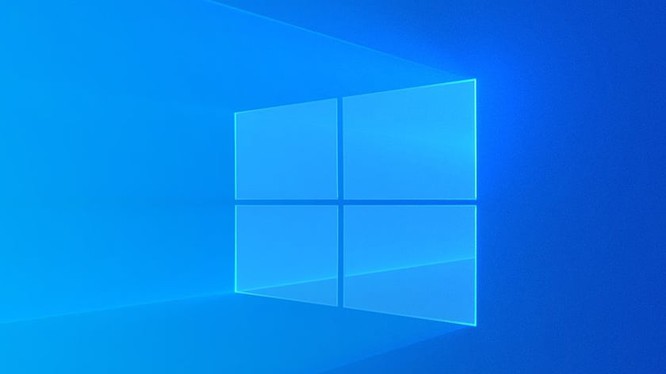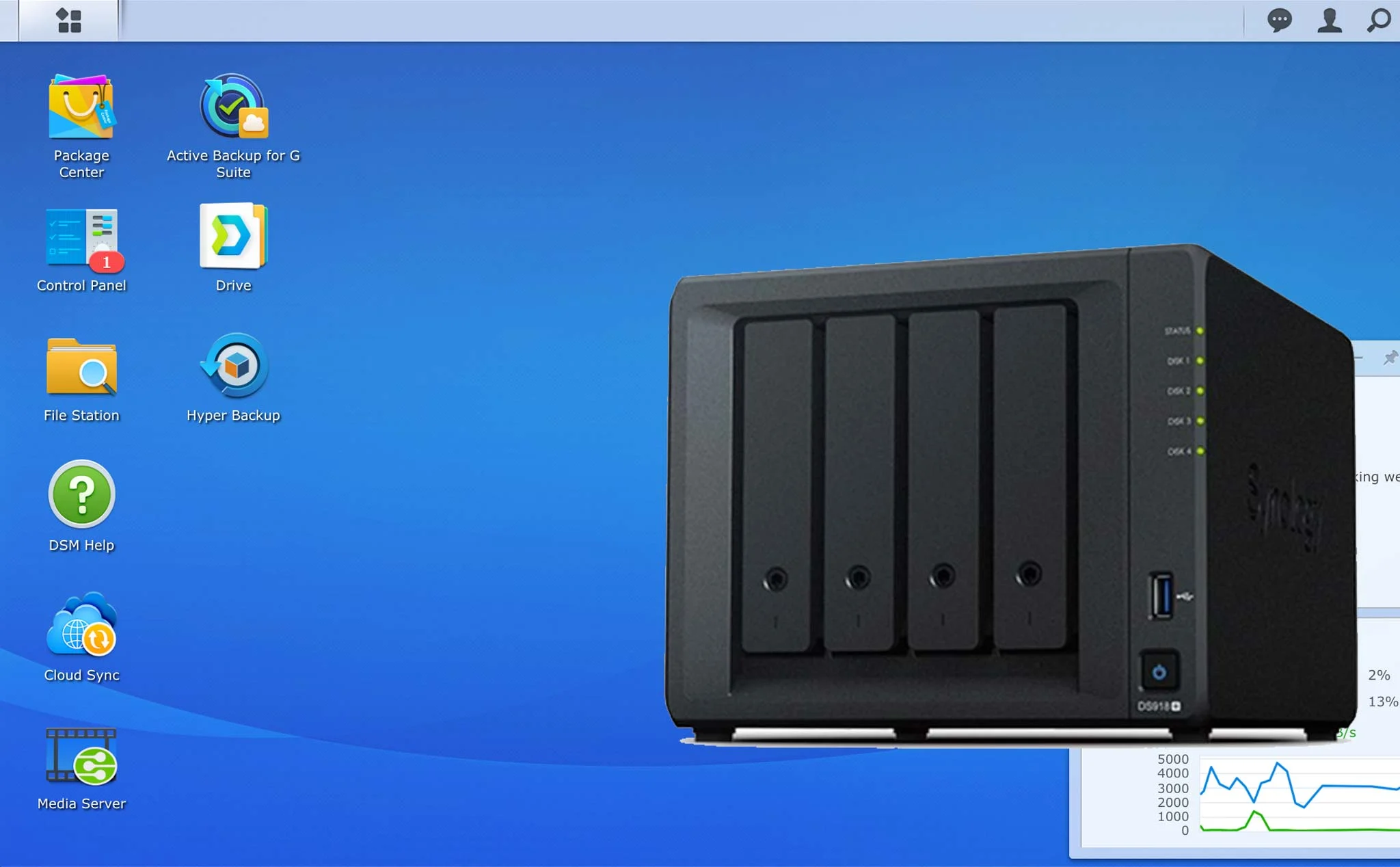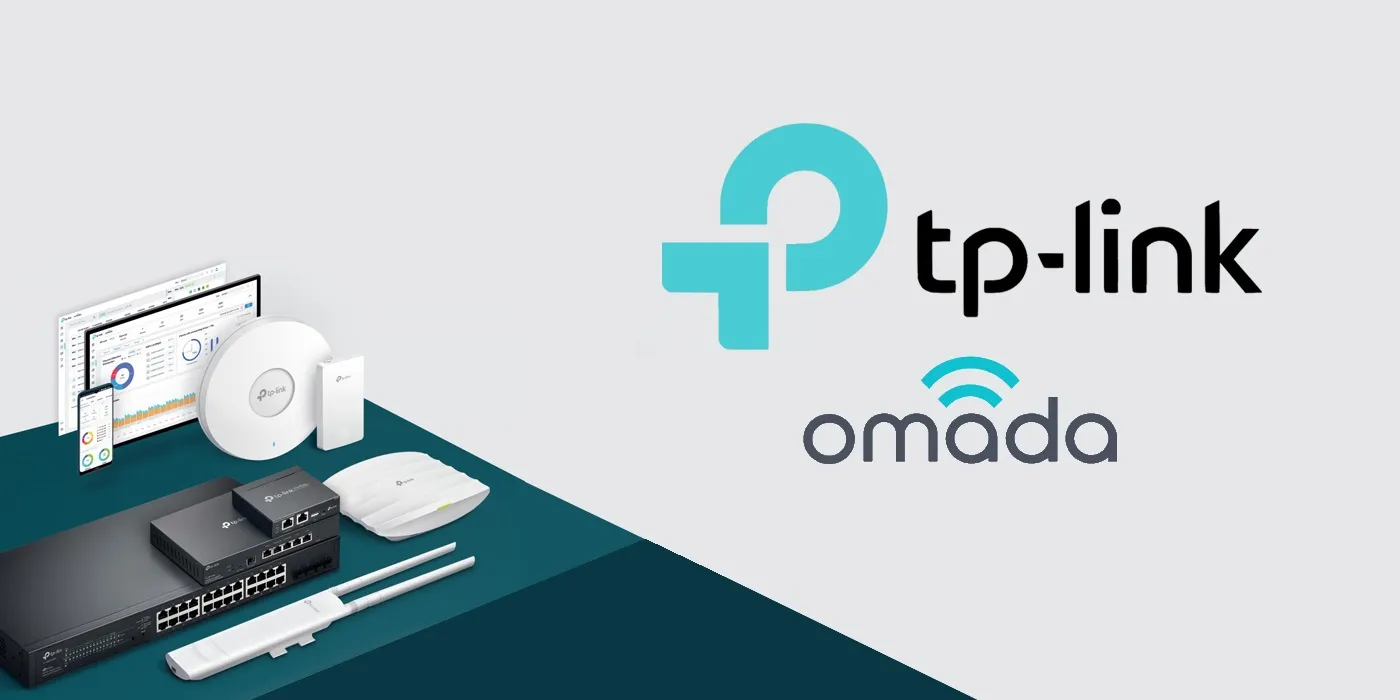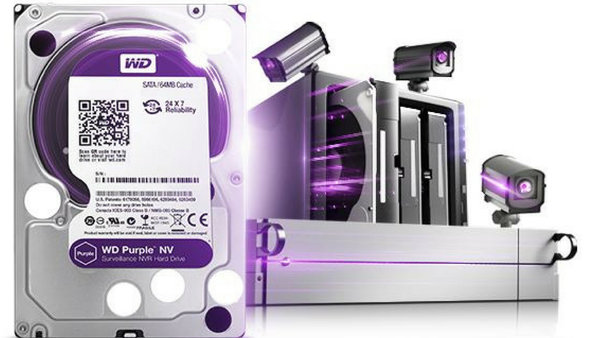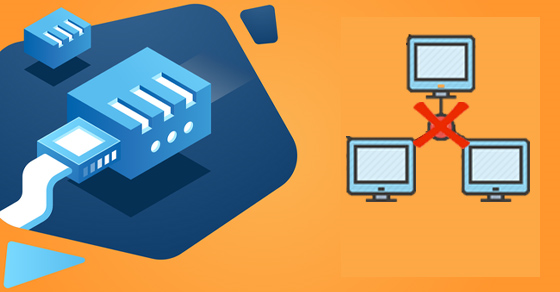Along with the development of IT and the explosion of data, a need has emerged for the safe and efficient preservation and storage of data. Therefore, modern data storage solutions were born to meet the needs of users.
- DAS (Direct Attached Storage): stores data via directly attached devices.
- NAS (Network Attached Storage): stores data to a storage device through an IP network.
- SAN (Storage Area Network): stores data over a dedicated dedicated storage optical network.
![]()
Contents
1. Traditional storage solution – DAS
DAS (Direct attached storage) is a storage mechanism with a device attached directly to the server. With the DAS mechanism, each server will have a separate storage system and storage management software.

2. Storage solution according to NAS technology
NAS (Network Attached Storage) is a method of storing data using special storage devices attached directly to the LAN as a normal network device (similar to a computer, switch or router). NAS devices are also assigned fixed IP addresses and are accessed by the user through the control of the server. In some cases, NAS can be accessed directly without server management.
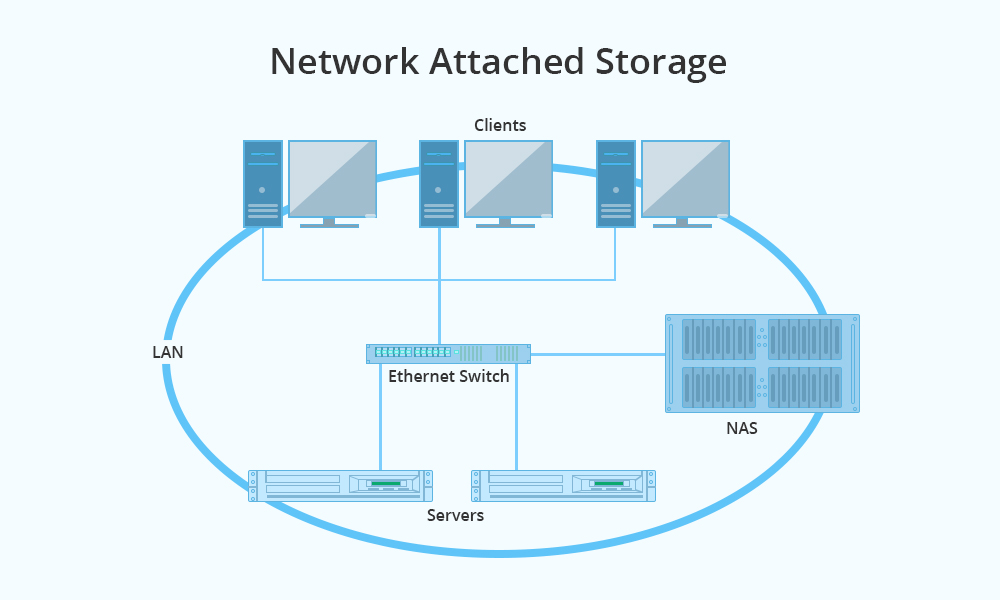
In a multi-operating system environment with many different servers, data storage, data backup and recovery, management or application of security policies are all done centrally.
Advantages of NAS technology
- Scalability: when users need more storage, new NAS storage devices can be added and installed into the network.
- NAS also enhances network failure resistance. In a DAS environment, when a server containing data is down, all that data cannot be used. In a NAS environment, data is still fully accessible to the user. Advanced anti-fault and redundancy measures are in place to ensure that the NAS is always ready to provide data to the user.
Disadvantages of NAS technology
- With the sharing of network infrastructure with other applications, data storage can affect the performance of the entire system (slowing down the speed of the LAN), which is especially important when large amounts of data need to be stored regularly.
3. Storage solution according to SAN technology
SAN (Storage Area Network) is a high-speed private optical network used for data transfer between servers participating in the storage system as well as between storage devices. SANs enable the implementation of centralized management and provide the ability to share data and storage resources. Most SANs today are based on fiber channel technology, providing users with high scalability, performance, and availability.
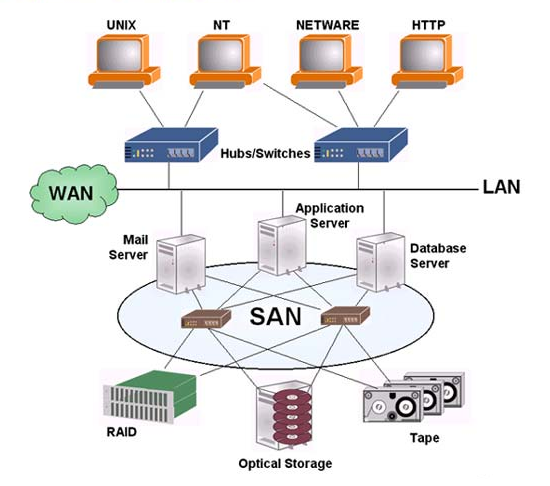
The SAN system is divided into two levels: physical and logical levels
- Physical level: describes the alignment of components of a network that creates a homogeneous storage system and can be used simultaneously for multiple applications and users.
- Logic level: includes applications, management tools and services built on the foundation of physical layer devices, providing SAN system management capabilities.
Advantages of SAN systems
- Ability to back up data in large capacity and often without affecting the flow of information on the network.
- SANs are particularly suitable for applications that need small speed and latency.
- Data is always at a high level of availability.
- Data is stored consistently, centrally and with high manageability. Ability to recover data if something goes wrong.
- Supports many different storage protocols and standards such as iSCSI, FCIP, DWDM …
- Good scalability in terms of both number of devices, system capacity as well as physical distance
4. Evaluation of storage solutions
The advantages of the DAS solution are ease of installation, low cost, high performance. The downside of DAS is its limited scalability: as data increases, so does the number of servers. This will create areas of data that are scattered, interrupted and difficult to back up and protect the storage system.
5. Ability to provide hosting solution to customers
Up to this time, the demand for DAS, NAS, SAN solutions is gradually changing. In the past, DAS was the most commonly used storage solution. However, the current trend is gradually shifting to NAS, SAN and new technologies such as FCoE….With many years of experience in the IT field, our company always ensures to provide customers with storage solutions in many levels that best suit the requirements but always pay attention to specific notes such as:
- The best solution is that the storage system must be able to integrate all kinds of storage technologies, storage devices and can support many types of storage.
- Review and grasp the technology development trends of major manufacturers to provide the best hosting services to customers.
- The system must meet current and future storage requirements.
- The system has high availability and application execution.
- The solution can expand and develop continuously while ensuring reasonable investment.
- Complete solution and professional service system.
- Easy to deploy and administer: Central management software will simplify administration and reduce operating costs.
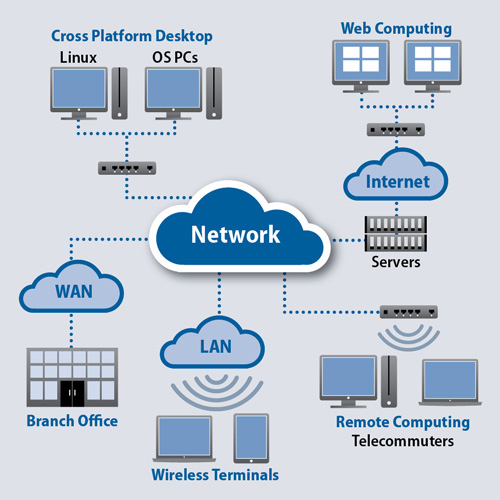
Thank you for following kabevision.com article!


 Tiếng Việt
Tiếng Việt